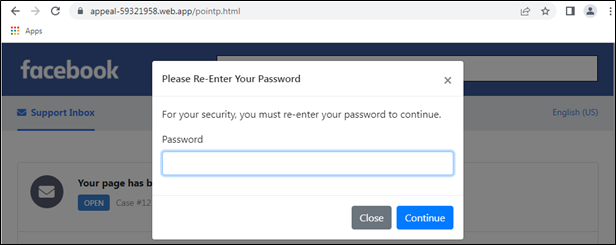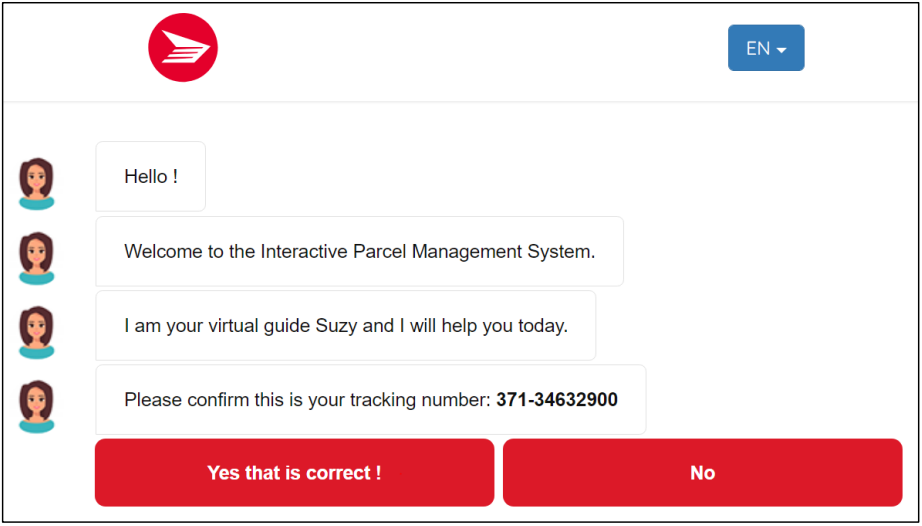6 Examples of effective phishing simulation training
It's no news to everybody in the IT industry that the frequency and sophistication of cyber-attacks have been increasingly significant during the last few years. How to protect business data and stay away from cybercriminals, hackers, and other bad actors has become the top of mind for IT security professionals.
What is phishing simulation training?
Why is phishing simulation training important?
Different forms of phishing simulation training
How to maximise the effectiveness of phishing simulation training?
Set up your phishing simulation training now
What is phishing simulation training?
Phishing simulation training is a method which organisations use to educate their employees about phishing attempts in a controlled environment. The goal of the training is to develop the employees' ability to identify and report phishing scams, as well as to increase awareness of the potential risks of falling for phishing attempts.
According to the latest industry report conducted by AAG, a famous IT service provider, phishing remains the most common type of cybercrime. Of UK businesses that suffered a cyber attack in 2022, 83% say the attack was phishing. This is why more and more organisations are deploying phishing simulation training to equip their staff with better cybersecurity knowledge.
Why is phishing simulation training important?
The cybersecurity threat landscape is constantly evolving and highly dynamic. According to the State of Email Security 2022:
- 92% of organisations have dealt with a data breach caused by an end-user error.
- 71% of security leaders experienced credential or account compromise as a result of a successful advanced attack in 2022.
- Nearly 1 in 5 advanced email attacks are successful.
Phishing attacks often lead to costly data breaches and reputational damage. Phishing simulation training can help to reduce the risk of successful phishing attacks, which can in return help to decrease the cost of security breaches.
Different forms of phishing simulation training
It's no doubt that cyber-attacks are becoming more frequent and hard to detect, luckily the design of phishing simulation training is also progressing at a fast pace. Let's look at some popular types of phishing simulation training which can help users combat modern cybersecurity challenges.
- Email phishing simulation: This type of simulated phishing attack typically involves sending a realistic-looking phishing email to employees, with the aim to see how many of them fall for the scam, click on a malicious link or provide sensitive information. Some phishing simulation vendors provide readily-made email templates which makes it easy for IT professionals to quickly create high-quality phishing tests. Here is an example.

These readily-made email templates help IT managers to save time, ensure consistency in messaging and reduce the likelihood of errors or mistakes. - Social engineering simulation: Social engineering simulation is a method of testing users’ security awareness and preparedness by creating a fictional backstory that is used to influence behaviour or to manipulate someone into providing private information. The common examples of this training are pretexting, baiting, and tailgating.

The above is a pretexting example by the Information Security Office of Carnegie Mellon University. It clearly explains what this kind of scam looks like and how it works. - Online phishing simulation: This type of training involves simulating phishing attacks through online channels, such as social media or inbox messaging. The sender would pretend a friend or colleague of the users and send out phishing messages to them, hoping to trick them into compromising their personal data or sensitive information which may lead to unauthorised access to the accounts.
Researchers from Trustwave has found a new phishing tactic which involves using fake Facebook accounts and OTP pages to steal users' password and credentials.
- Interactive phishing training: This type of training uses chatbot-like web applications and allows employees to interact with simulated phishing scenarios, giving them the opportunity to practise identifying and responding to these types of attacks in a safe environment. Some companies may use phishing simulation software that allows them to customise phishing attacks and track employee responses in real time.

The above is an example from Trustwave of a chatbot-like scam. The fake chatbot tries to confirm the order tracking number. By clicking the “yes” option, the programme will try to engage at a higher level with the victim by showing the picture of the item and asking for the preferred delivery address (i.e., home or office address).

- Gamification: This type of training uses game design elements in non-game contexts to engage and motivate users to learn. Gamification has been seen used in security awareness training more often nowadays, with the aim to make the learning experience more fun, interactive, and memorable.

This is an example of how gamification can be applied in the field of cybersecurity. Studies have found that this type of training does a fantastic job of increasing employee participation and retention of information. - Combination of the above: Some organisations use a combination of the above methods to provide a comprehensive training experience.
How to maximise the effectiveness of phishing simulation training?
Phishing simulation training is scientifically proven to be an effective way to improve employee awareness of phishing scams and reduce the likelihood of successful phishing attacks. Click here to read more about the relevant industry research and statistics.
Although phishing simulation training is helpful, its effectiveness can vary depending on the type of training provided, the frequency of training, and how well the training is tailored to the specific needs and concerns of the organisation.
Nowadays, attackers are using a wide range of tactics and techniques to target organizations of all sizes and across all industries. To maximise the impact of the training, it is recommended by the State of Email Security 2022 which we mentioned a minute ago, that security leaders should bolster phishing simulation training with technology that can detect and prevents an assortment of threats.
It's also important to note that phishing simulation is not a one-time solution, it should be a continuous process to keep the employees updated and vigilant to the new techniques used by attackers.
Set up your phishing simulation training now!
Action is the foundational key to success. Start planning your phishing simulation today! Check out our phishing simulation training and enjoy a 14-day free trial. Want to learn more about phishing simulation training? Click on our Employee Phishing 101 blog post to gain more in-depth knowledge.
.png?width=760&height=300&name=httpswww.usecure.ioenfree-employee-phishing-test%20(1).png)
.png)
